The Bhutanese Blueprint: The World’s Most Architecturally Consistent Country
Bhutan offers an unmatched visual experience: a kingdom where architectural unity, from capital to remote village, reflects its harmonious soul.
📍 Bhutan
Globalization and colonization have made countries across the world appear increasingly similar: with globalized ethnic expressions (think pagodas in Chinatowns from San Francisco to Sydney), ubiquitous verticality (skyscrapers as symbols of progress from London to Lagos), transplanted European aesthetics (Parisian architecture connoting cosmopolitanism in Bordeaux as much as in Baku), and other diffusions of international styles. However, one country stands proudly as an architectural anomaly in this world of convergence: Bhutan.
As I described in a previous post about this small Himalayan kingdom becoming the first and most carbon-negative country in the world, if there is one word to describe Bhutan, it’s “intentional.” Every visual element within its borders, from the placement of prayer flags to the carving of window frames, reinforces connection to the present — human to earth, neighbor to neighbor — as well as to the hereafter — with ambient Buddhism connecting humans to supernatural deities.
Bhutan's architectural unity isn't born of scarcity, but rather a deliberate choreography of resources. It’s not that Bhutan lacks the means to erect steel and glass towers; rather, it possesses the wisdom to sculpt its landscape with respect, honoring its heritage and the earth, while strategically integrating modernity. While embracing progress, Bhutan maintains its inherent balance, with tradition acting as a reflex, not a negotiated concession. From the capital, Thimphu, to the serene rice terraces in the Himalayan folds, Bhutan's uninterrupted visual landscape stands refreshingly apart in today's modern world. Bhutan's architectural consistency is remarkable, especially given its history as disjointed nomadic tribes living according to the rhythms of nature, not in fixed dwellings.
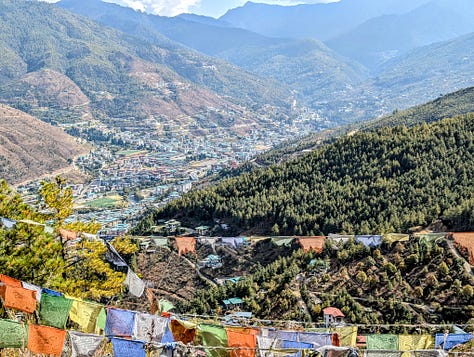
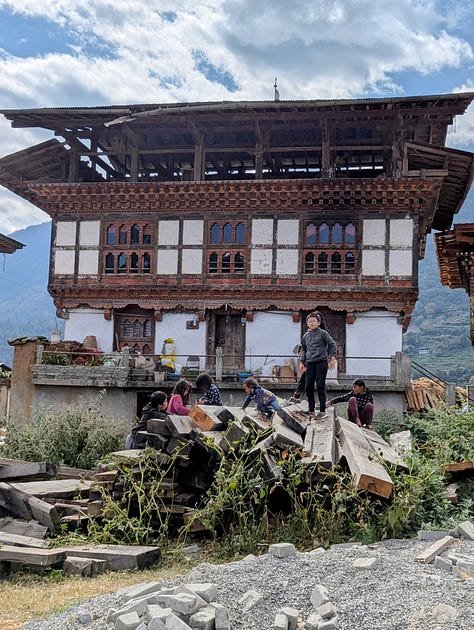
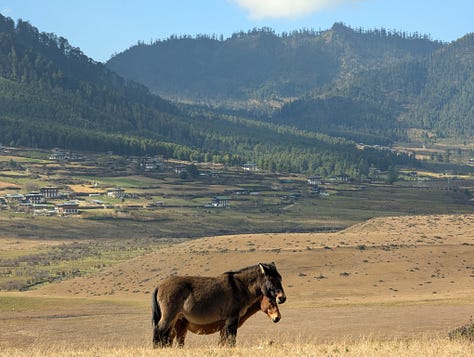
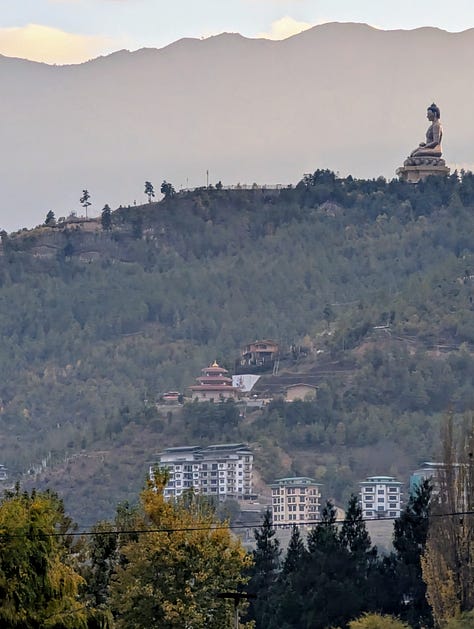
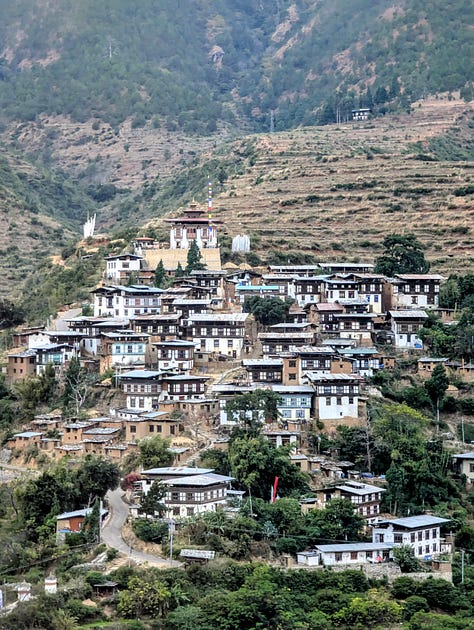

Architectural uniformity can often connote an oppressive soullessness (think planned Soviet apartment blocks or cookie-cutter American gated communities). But in Bhutan, harmony is not monotony. Traditional Bhutanese architecture follows strict guidelines: intricate carved wooden window frames, natural materials such as wood, stone, and rammed earth, and a balance of modern conveniences with cultural heritage. Yet, within these guidelines, there is ample license for artistic expression. Intricate wood carvings embellish window frames, and various Buddhist protective symbols adorn walls—the most eye-catching motif being the phallus, popularized by the “Divine Madman,” a 15th-century monk known for evangelizing enlightenment through sex.
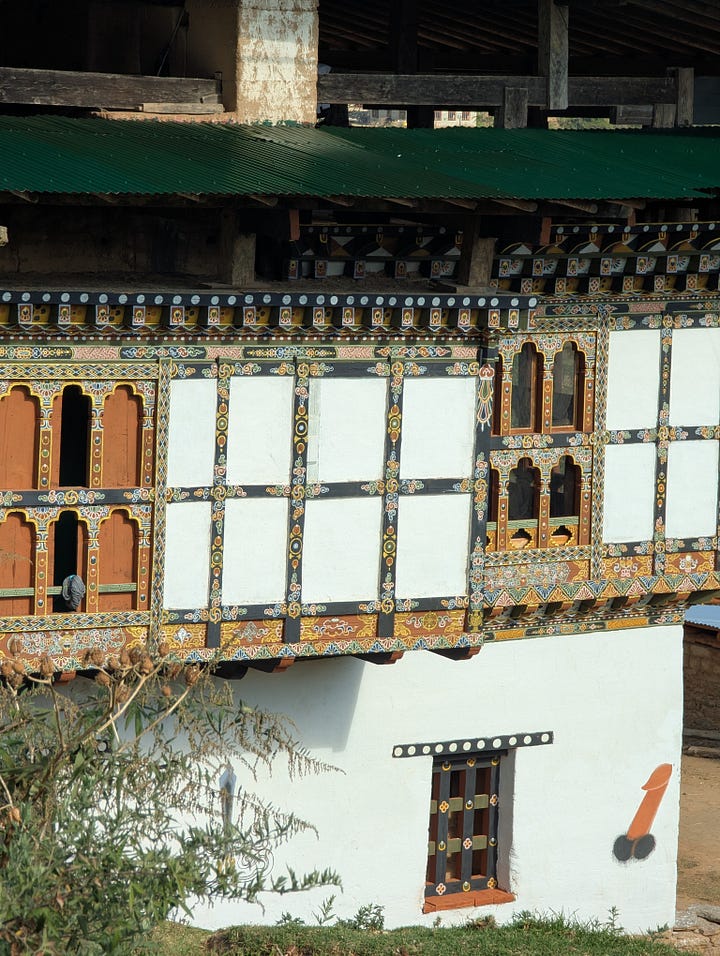
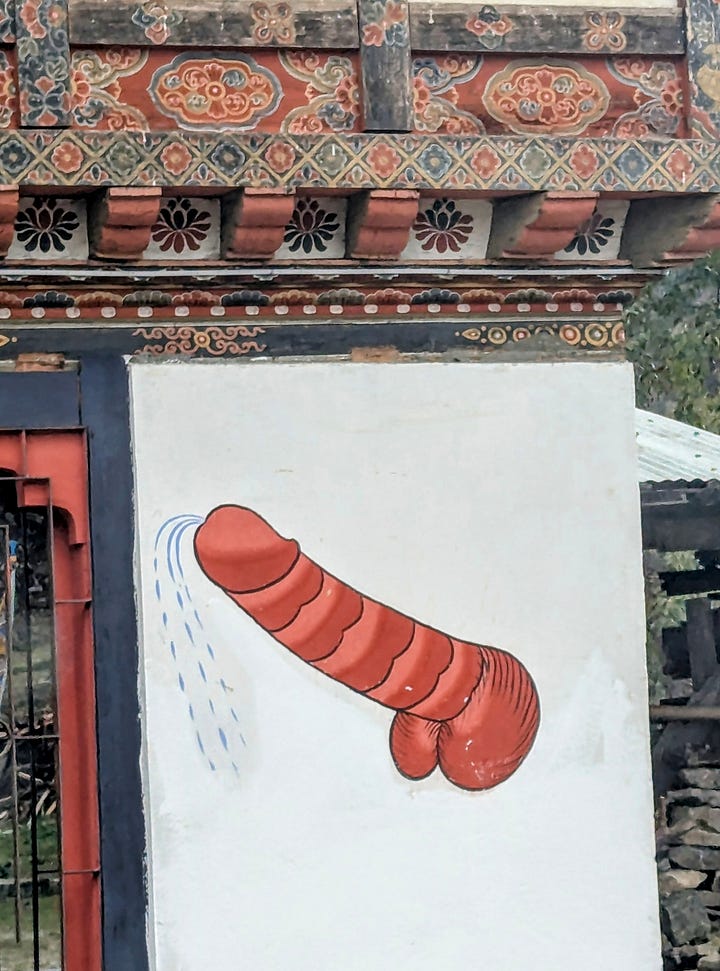
The government of Bhutan has long recognized that national identity is not merely felt, but also seen. Being Bhutanese is a sensorial experience—engaging the mind through Buddhist teachings, the eyes through the natural and built environments, as well as the heart, as the only country in the world with a ministry devoted to happiness. Unlike other countries that designate historic districts, Bhutan mandates architectural aesthetics nationwide. Every building—be it a residence, school, government office, or commercial space—adheres to its Driglam Namzha guidelines, right down to the color of roofs: green for residences, red for schools and administrative buildings, and black for royal properties.
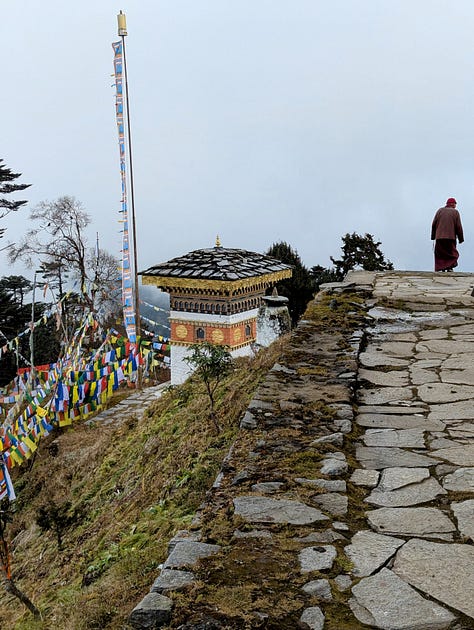
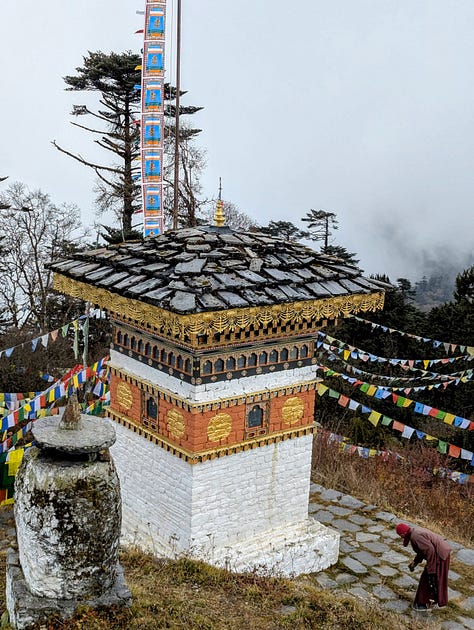
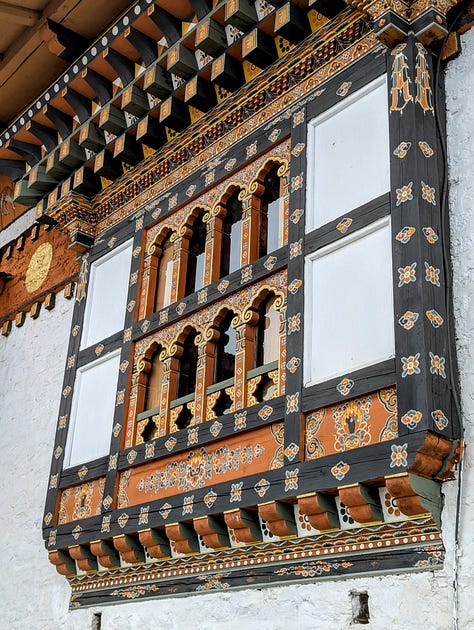
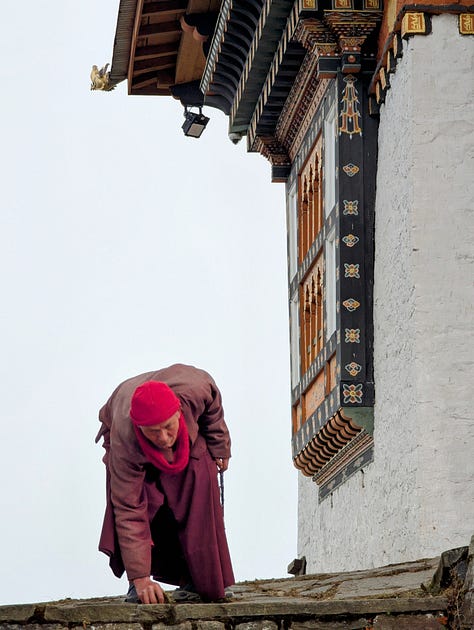
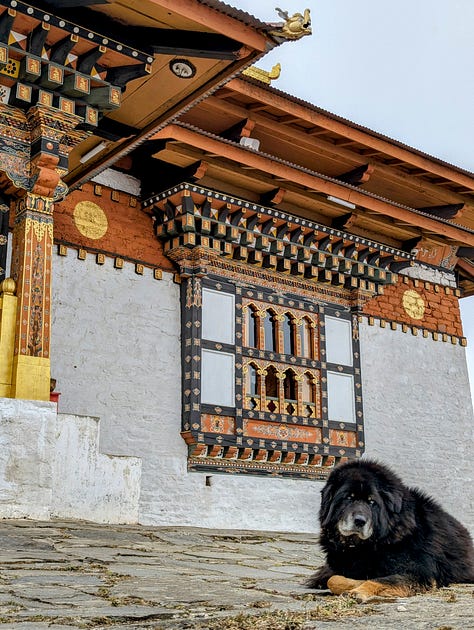
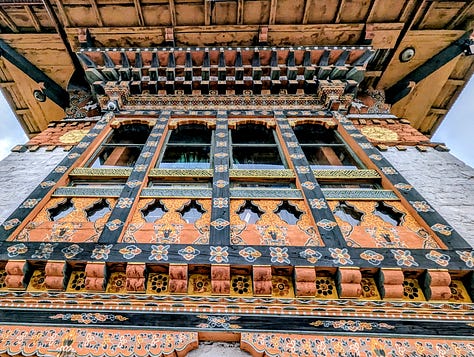
The highest register of Bhutanese architecture is found in dzongs, fortress-like structures that serve as administrative centers, monasteries, and hubs of community life. These Buddhist beauties have whitewashed stone walls, wooden balconies, and intricately painted windows, all of which amount to visual serenity. Historic buildings in Bhutan are hardly mere relics, as dzongs remain active, serving their centuries-old spiritual and administrative purposes (there is decidedly no separation between temple and state).
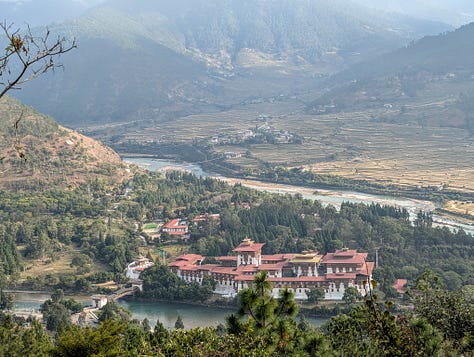
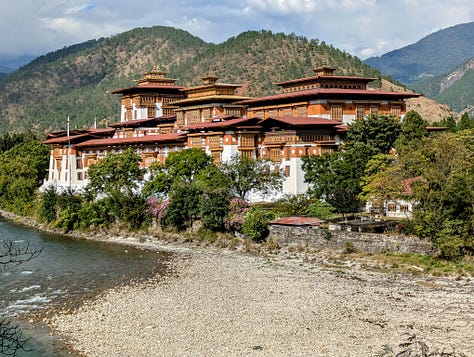
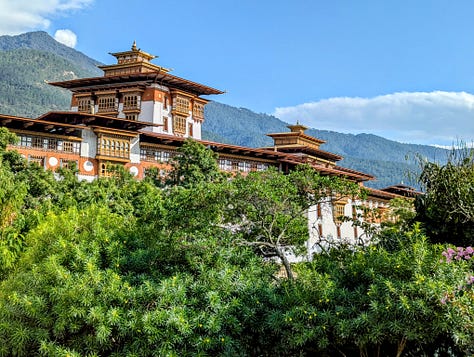
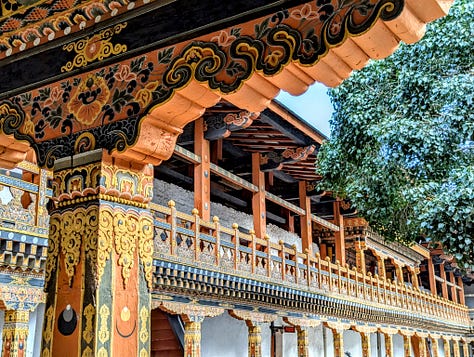
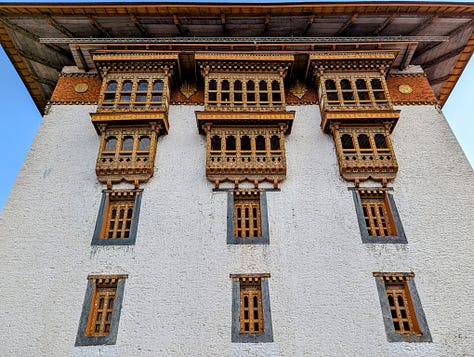
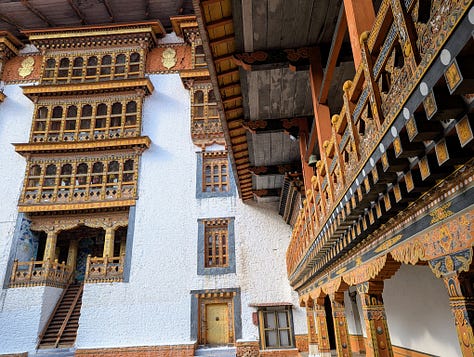
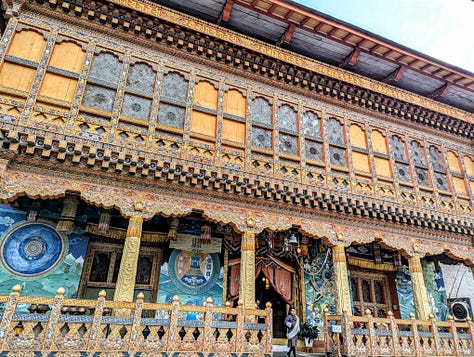
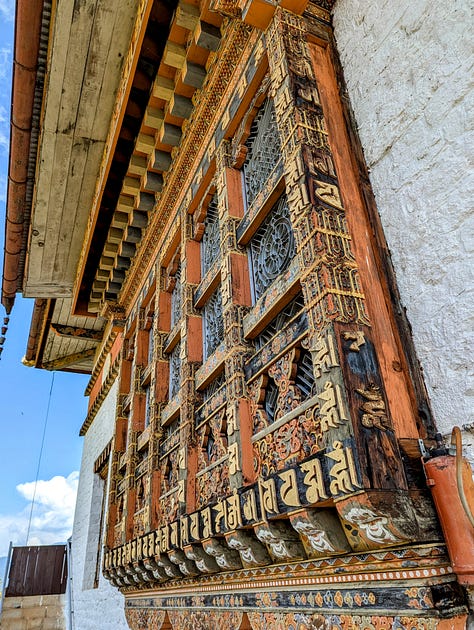
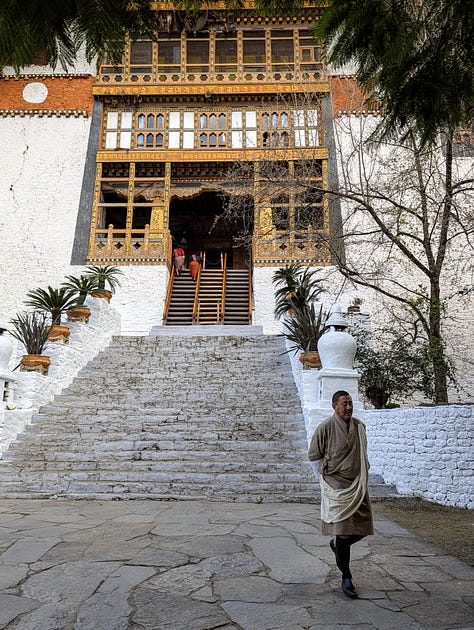
Nothing in this kingdom of intention is accidental. From monumental dzongs to humble farmhouses, Bhutan's architecture serves as scaffolding for its virgin and pious soul. Its visual uniformity offers a lesson: how to leverage globalization without being overcome by it. This architectural consistency isn't mere policy; it reflects deeply held values that prioritize cultural continuity over transient trends.


